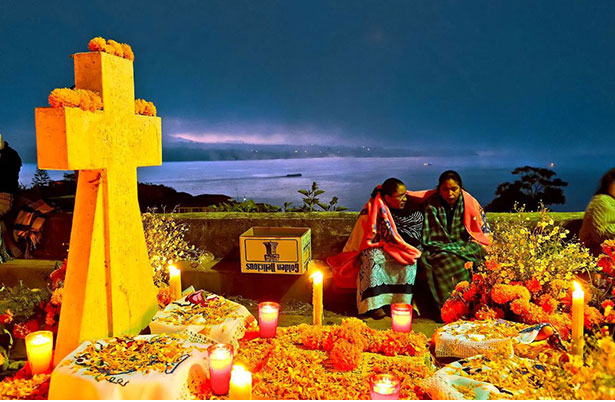what is the day of the deads?
what is the day of the deads?
The Origin of the tradition of the dead.
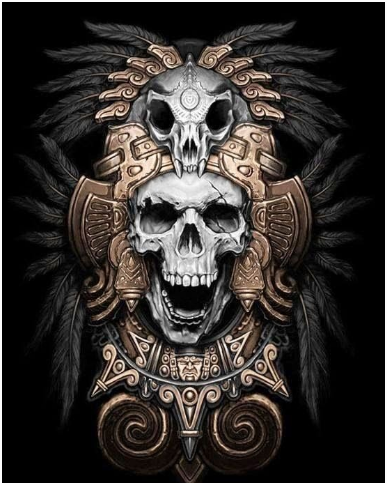
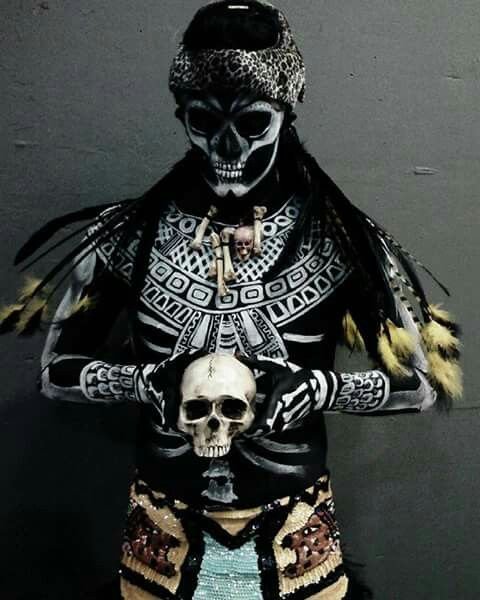
The celebrations of the day of the dead.
In the places where the tradition is more rooted, the altars begin to take shape on October 28 and reach their maximum splendor on November 2. It is common for the first day to light a candle and place a white flower; the next day another candle is added and a glass of water is offered. For day 30, a new candle is lit, another glass of water is placed and a white bread is placed; the next day the seasonal fruit is placed (tangerine, guava, orange, apple, tejocote). For the first of November, the sweet food, the chocolate, the pumpkin in tacha, and the flowers are placed. On the main day, the deceased's favorite food, tequila, mezcal and beer are placed. The element that is not missing in any of these days is the copal on.
Dead's altars
The traditional par excellence, is the altar of seven levels, which represent the levels that the soul must go through in order to reach the place of their spiritual rest. Each step, is covered with tablecloths, chopped paper, banana leaves, palmillas and tule mats; Each step has a different meaning.
The image of the family devotion saint is placed on the highest one; the second is destined for the souls of purgatory; in the third the salt is placed, symbol of the purification; in the fourth the bread, which is offered as food and as consecration; in the fifth place the favorite fruits and dishes for the deceased; in the sixth the photographs of the deceased to whom the altar is dedicated and finally, in the seventh, in contact with the earth, a cross formed by flowers, seeds or fruits.
Each element placed on the altar has its own meaning and importance. The copal and the incense represent the purification of the soul, and it is its aroma that is able to guide the deceased towards their offering. The arch, made with reed and decorated with flowers, is located above the first level of the altar and symbolizes the door that connects to the world of the dead; it is considered the eighth level that must be followed to reach Mictlán.
The paper cut and its colors represent the purity and the duel, at the moment they are adorned with skulls and other elements of the popular culture; In pre-Hispanic times, amate paper was used and different deities were drawn on it.
Through the candles, candles and candles the fire is present, which is offered to the souls to light their way back to their abode. It is customary to place four candles, representing a cross and the cardinal points, but also in some communities, each candle represents a deceased, so the number of candles will depend on the souls that the family receives.
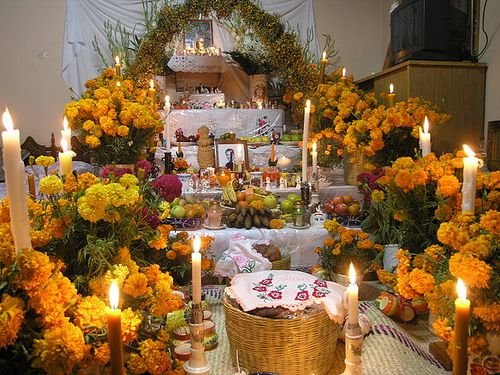
Offerings to the dead
The flower of cempoalxóchitl, the cloud and the mucus of turkey are the flowers that decorate the offerings and the cemeteries; Like the copal, it is believed that its aroma attracts and guides the souls of the dead. The calaveritas of sugar, chocolate and amaranth, as well as other alfeñiques, allude to death and in a certain way, make fun of it, being custom to write on the forehead the name of the deceased.
It is also customary to place a sculpture of a Xoloizcuintle dog, which will help the souls to cross the Chiconauhuapan river to reach Mictlán; In addition, it also represents the joy of the deceased children.
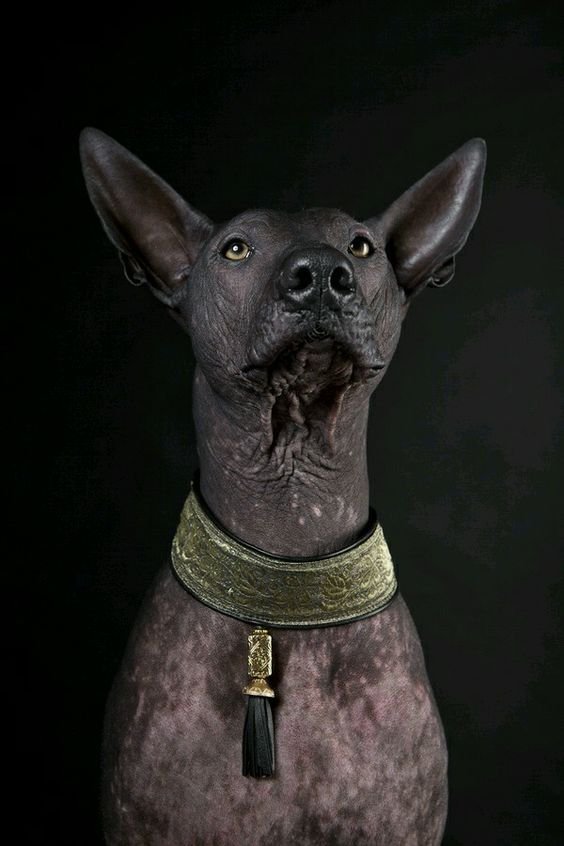
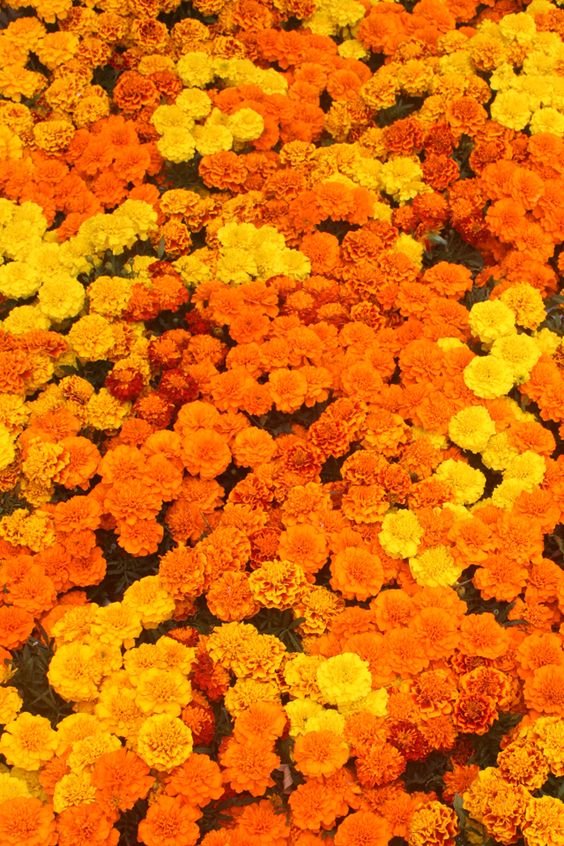
The visit to the cemetery
There is no shortage of prayers as well as the music of the mariachis, the estudiantinas, the trios and other local music groups. In Janitzio, for example, women and children feel tearful to pray for their dead, after placing an offering on the tombs consisting of foods that were liked by their loved ones, flowers and numerous candles; They spend the hours in calm, praying and observing the intensity of the light of the candles.
